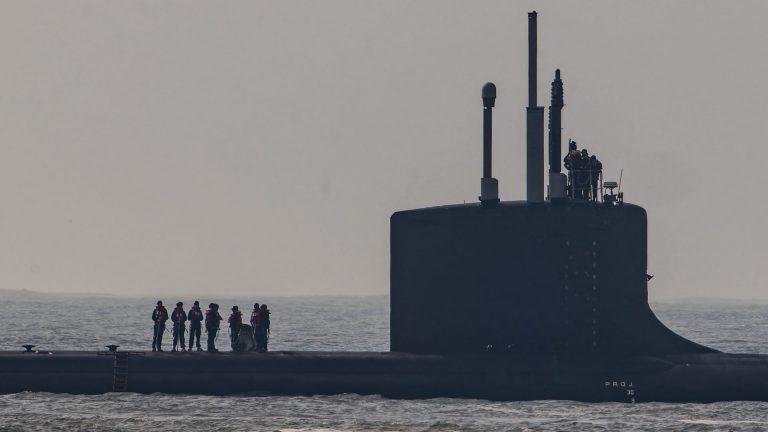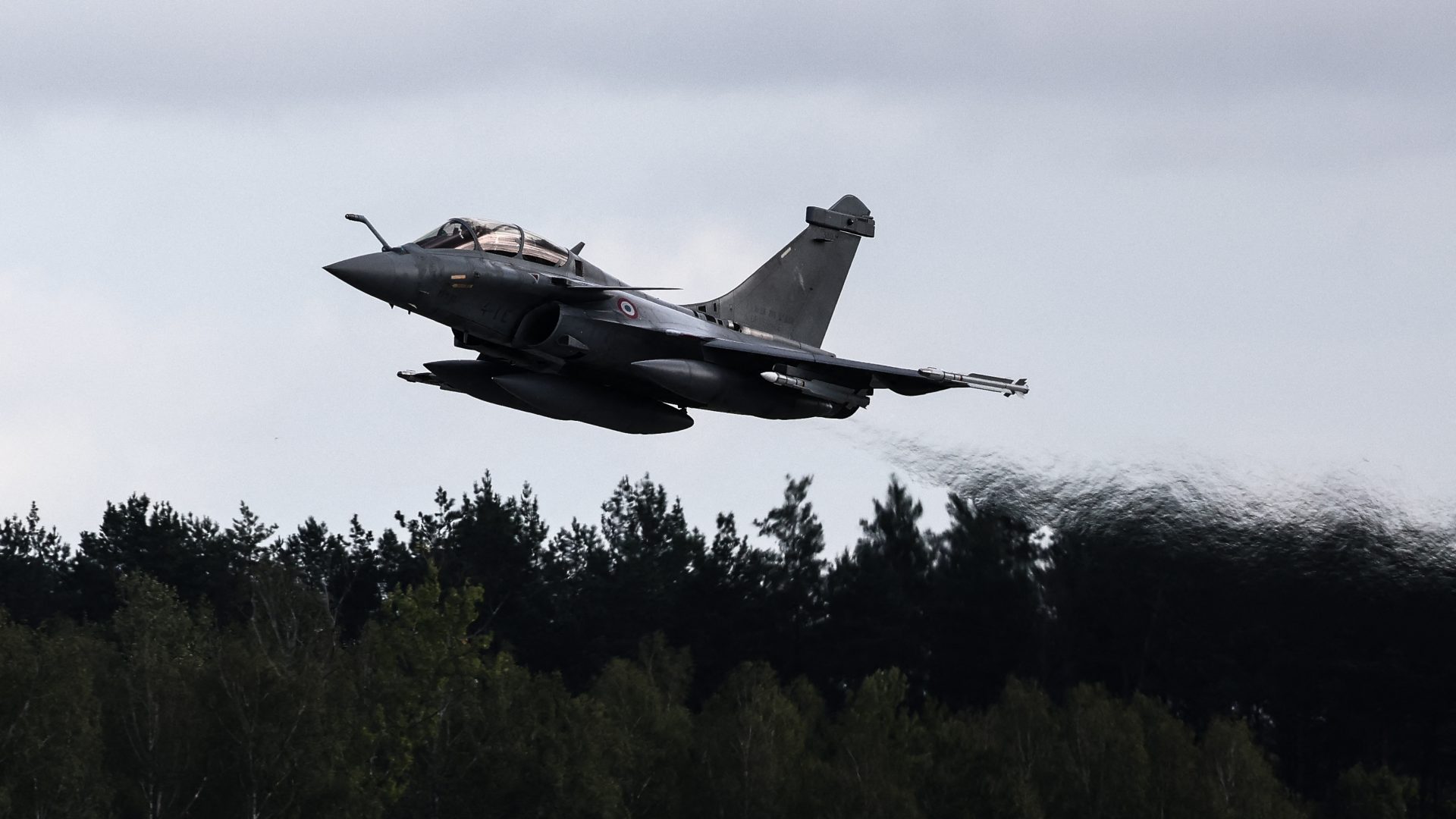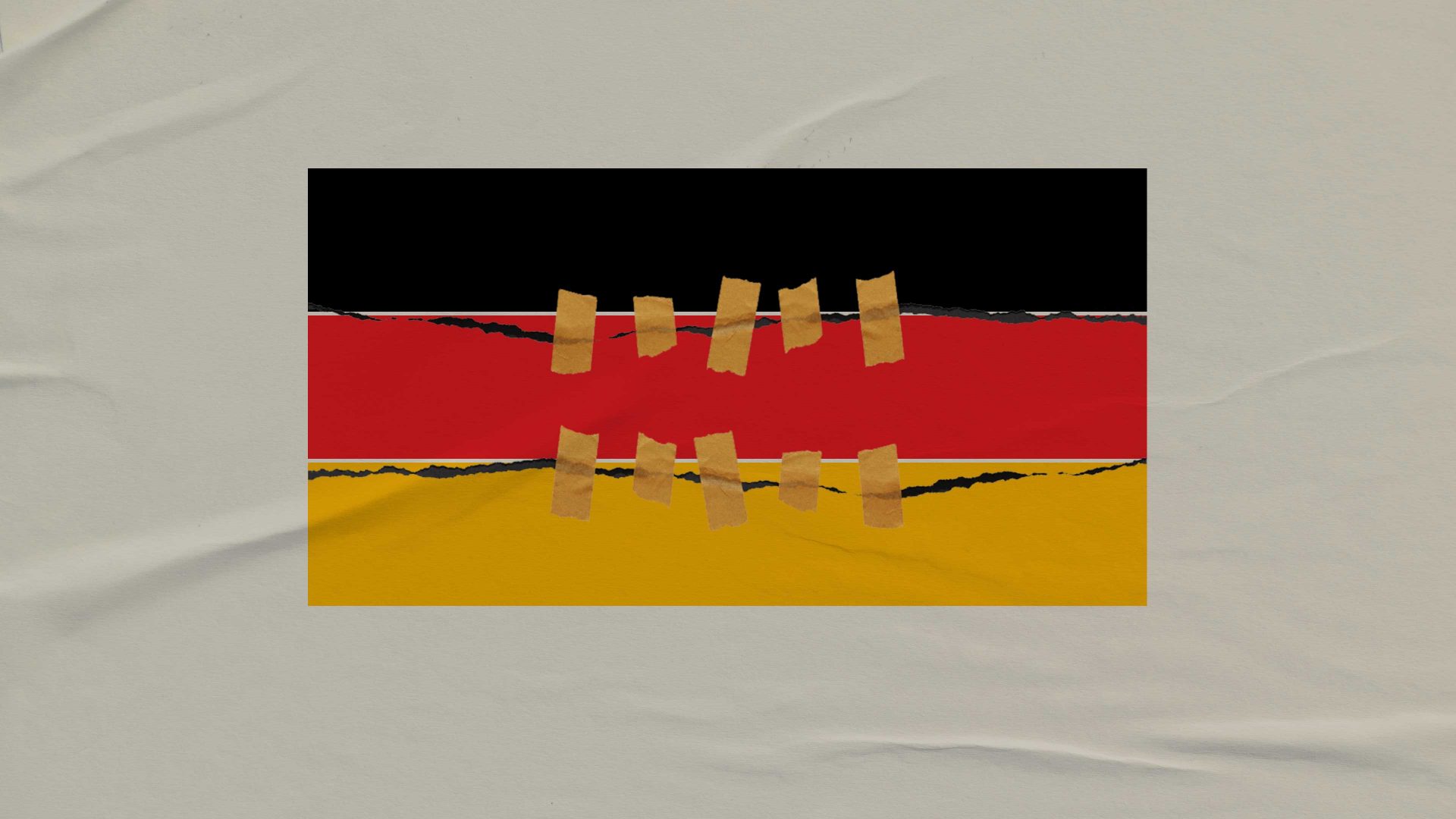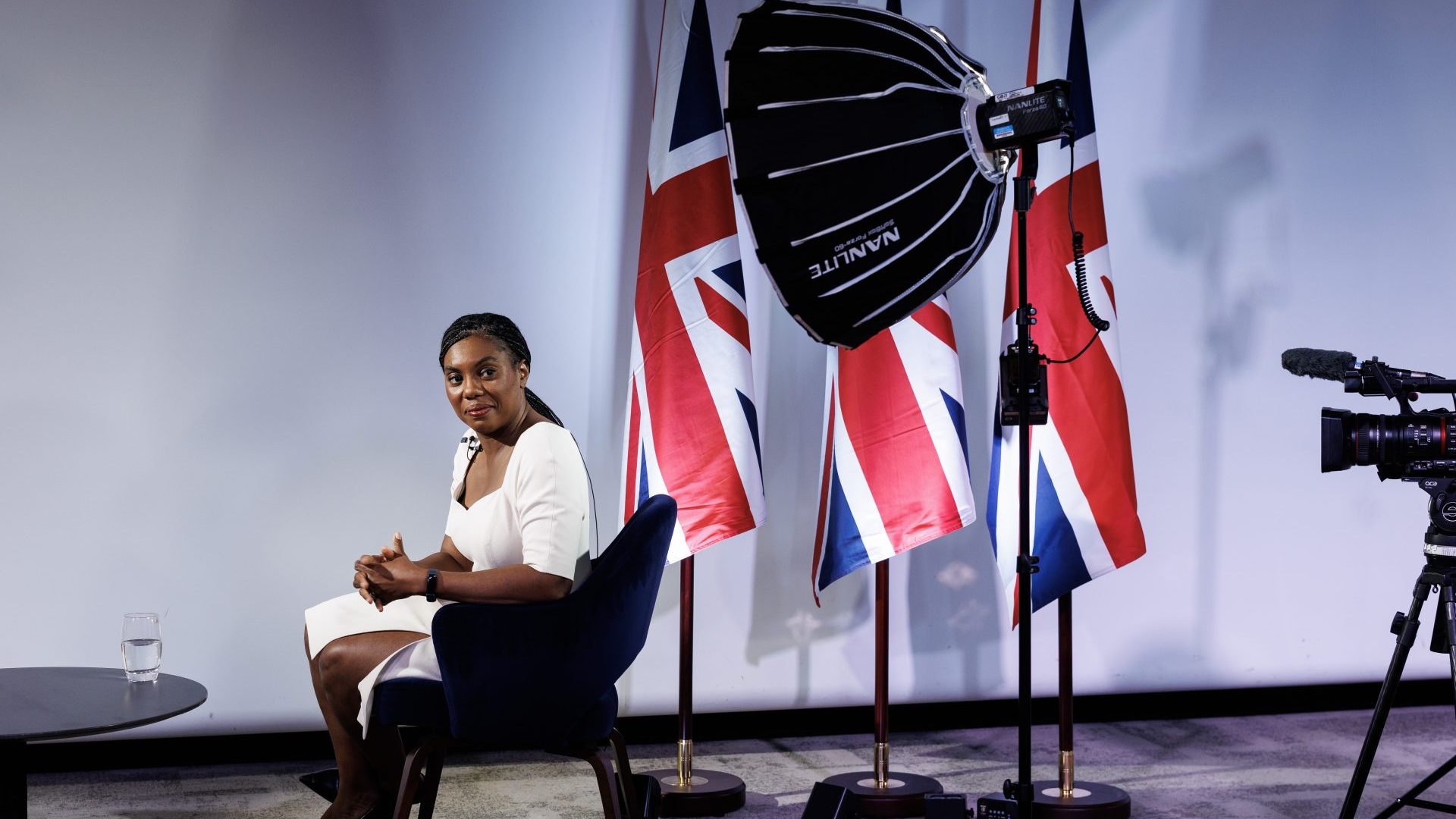In 2010 the former Australian army commander Peter Leahy wrote an article titled with a simple question: “How do we know when we are at war?” In an age of asymmetric conflict, where both states and insurgencies use a range of deniable and proxy means to harm their enemies, it can be a difficult question to answer.
But in military exercises the “shaping” or “hybrid” phase often goes like this: there is externally co-ordinated political unrest; there are cyber-attacks on key infrastructure; “protesters” move from passivity to attacks on military hardware, and harassment of personnel; disinformation floods the system; the aggressor begins to test the air defences and disrupt the supply chains of its enemies.
Unfortunately, that is close to a description of the present. Russia has an overt doctrine of hybrid aggression, known as New Generation Warfare, in which each of these techniques are used to weaken and disorient a “state victim” to the point where its people will not fight and its armed forces cannot.
And it is hard not to read its current actions as anything other than a surge of effort to do exactly that to Nato.
The most alarming developments are the attack drone incursions into Polish airspace, followed by the trespass of three nuclear-capable Russian bombers into Estonian airspace. No one with expert knowledge is in any doubt: these were designed to test Nato’s air defences and, at the strategic level, the ability of its members to act in concert when faced with provocation.
The military response has been strong – with Britain immediately sending Typhoon jets to patrol Polish skies. But Nato ministers are reportedly divided over whether to issue orders to shoot down crewed planes that do not respond to warnings. Which is exactly what Vladimir Putin wanted to achieve.
In Moldova, the government was forced to eject Russian election “monitors” and to debar a pro-Russian party from the election, amid widespread interference designed to destabilise the country. In response, Russian state media reported that “Europe is preparing to occupy Moldova” and that Nato troops have been deployed to Odessa in Ukraine. The latter, if real, would be a casus belli for Moscow.
In both Denmark and Norway last week unidentified drones, allegedly linked to Russian ships, buzzed and closed down civilian airports.
So what is Putin doing, and why is he doing it now? The surge of activity came after the conclusion of the Russian army’s ZAPAD 25 military exercises, so the coordinated interventions of the past two weeks may just be a follow-on from that: a flexing of muscles in the hybrid space to follow the military manoeuvres.
Or it could be a pulse of activity designed to create a pattern of expectations in the west. Or it could be much more sinister.
The background is Donald Trump’s ever-changing position on the war in Ukraine, and on Nato commitments. On the face of it, Trump’s most recent pronouncement – where he implied US support for Ukraine’s refusal to cede territory for peace – represents a strengthening of the US position.
Trump said that he was ready to impose tougher sanctions and even secondary sanctions on the countries supporting Russia in its aggression in Ukraine. He added that “after seeing the economic trouble it is causing Russia, I think Ukraine, with the support of the European Union, is in a position to fight and WIN all of Ukraine back in its original form, and, who knows, maybe even go further than that!”
He also said flatly that Nato members should shoot down Russian planes that enter their territory.
Suggested Reading


Britain, the US and the Australian dilemma
But the smartest interpretation of this move is that, once again, he is washing his hands strategically of Europe. The draft US National Defense Strategy, it is reported, steps back from prioritising confrontation with China over Taiwan, to a focus on securing America’s borders and backyard – as with recent US attacks on alleged Venezuelan drug gangs, and deployment of the US army to the Mexican border.
The Trump administration is, in fact, vacillating between a face-down-China policy and pure Monroe-style isolationism. And while that is bad news for Britain and Europe, the only consolation is that Putin’s complete obduracy in the face of Trump’s attempt to force Ukraine into a humiliating peace deal has taken off the table an option many in the west feared most: a strategic deal between Moscow and Washington over the Arctic, with Europe not even at the table.
As I write, open-source information monitors say there’s evidence of a surge of Nato aircraft over Europe. But the most effective deterrence has to happen at a much more granular level, in society, media regulation, the regulation of elections and political parties, and the policing of dissent.
The London hoodlums who were sentenced for getting paid to attack a warehouse supplying Ukraine this year, at least knew they were being manipulated. So did the former Reform MEP who took money to promote the Russian narrative on Ukraine in the European Parliament.
But others who are being used to deliver hybrid effects simply don’t. There is evidence, for example, that some money flowing into the British fascist movements from the US may originate in Russia.
The strongest deterrent would be to build a politics and a civil society that is resilient, and an electorate that is educated enough to withstand what’s being thrown at us. Because as the Russian economy reels from sanctions and Ukraine’s relentless drone strikes on its oil industry, I do not see the intensity of the pressure subsiding anytime soon.




